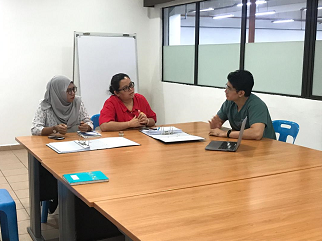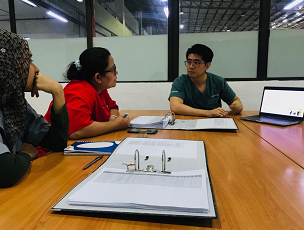Starlite Far East (11/13)
Nov 13, 2019Medical surveillance is the systematic assessment of employees exposed or potentially exposed to occupational hazards. This assessment monitors individuals for adverse health effects and determines the effectiveness of exposure prevention strategies. Medical surveillance was conducted by Poliklinik Medispring, Kulai by Doctor Tan as Occupational Health Doctor (OHD).

The next most frequent purpose of medical surveillance programs is to determine whether employees have the physical capability to perform their jobs.
The Occupational Safety and Health (Classification, Packaging and Labeling) Regulations 1997 and the Manual of Chemical Health Risk Assessment 2000 requires employers to assess whether there is any significant exposure of the chemicals to the worker and further medical surveillance is necessary.

The Occupational Safety and Health (Use and Standards of Exposure of Chemicals Hazardous to Health) Regulations 2000 is another attempt to further enhance the safe and healthy use of chemicals. Under this Regulations health surveillance is based on the Chemical Health Risk Assessment (CHRA) as stipulated in the regulations. Medical surveillance carried out under the USECHH Regulations must be conducted by an Occupational Health Doctor (OHD).
The components of Medical Surveillance Programme :
Pre-employment and pre-placement medical examination.
Biological monitoring and biological effect monitoring.
Health effects monitoring.
Investigation of occupational disease and poisoning including workplace inspections.
Notification of occupational disease and poisoning.
Assist in disability assessment.
Return to work examination after medical removal protection.
Record keeping and monitoring.

